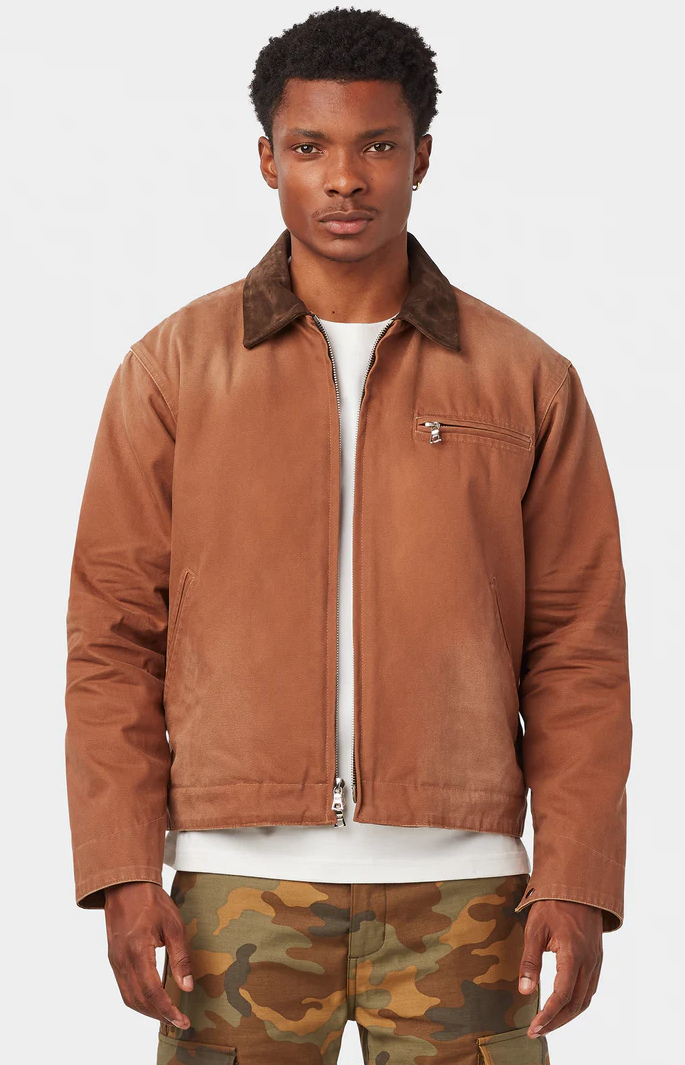Goodlander
Active Member
- Joined
- Aug 13, 2018
- Messages
- 29
- Reaction score
- 48
Borrowing from medicine-do trees *hurt* the shoes?
Except for oversized/bad fit, i can’t see how they do. The helping appears to be a matter of degrees, but at least not ruining things.
Except for oversized/bad fit, i can’t see how they do. The helping appears to be a matter of degrees, but at least not ruining things.





